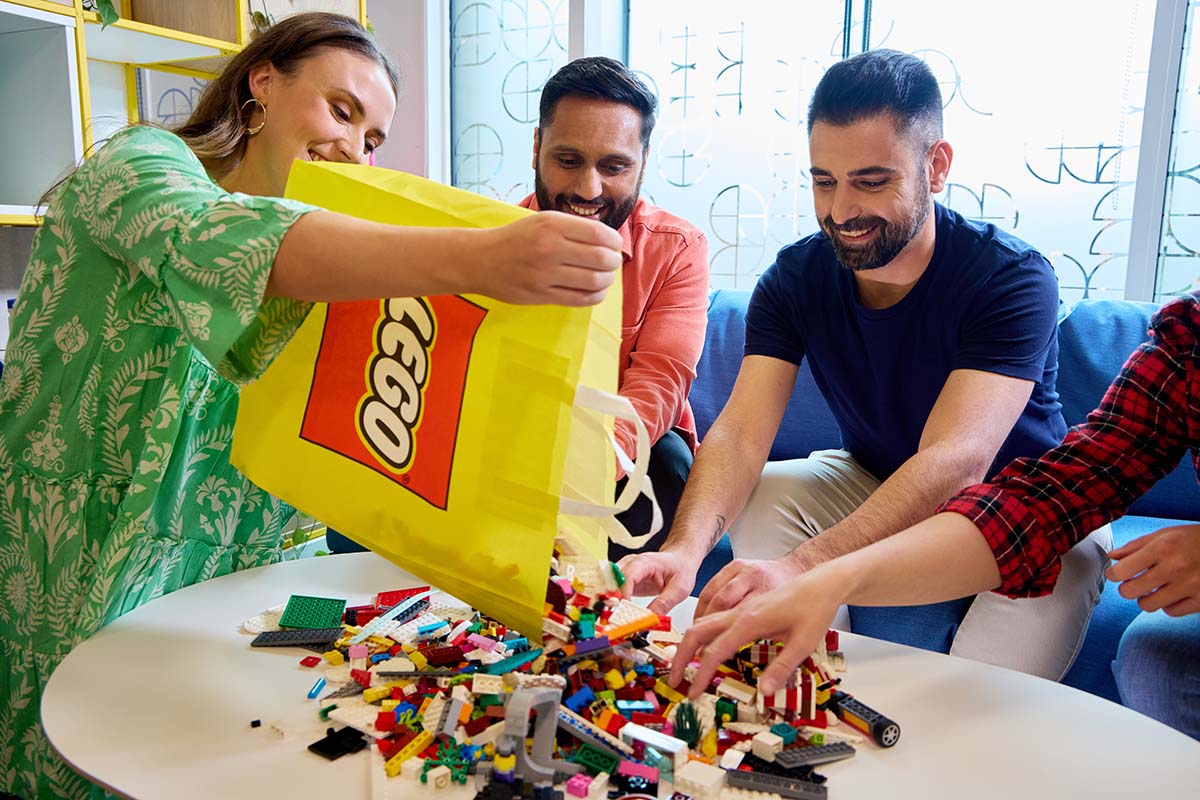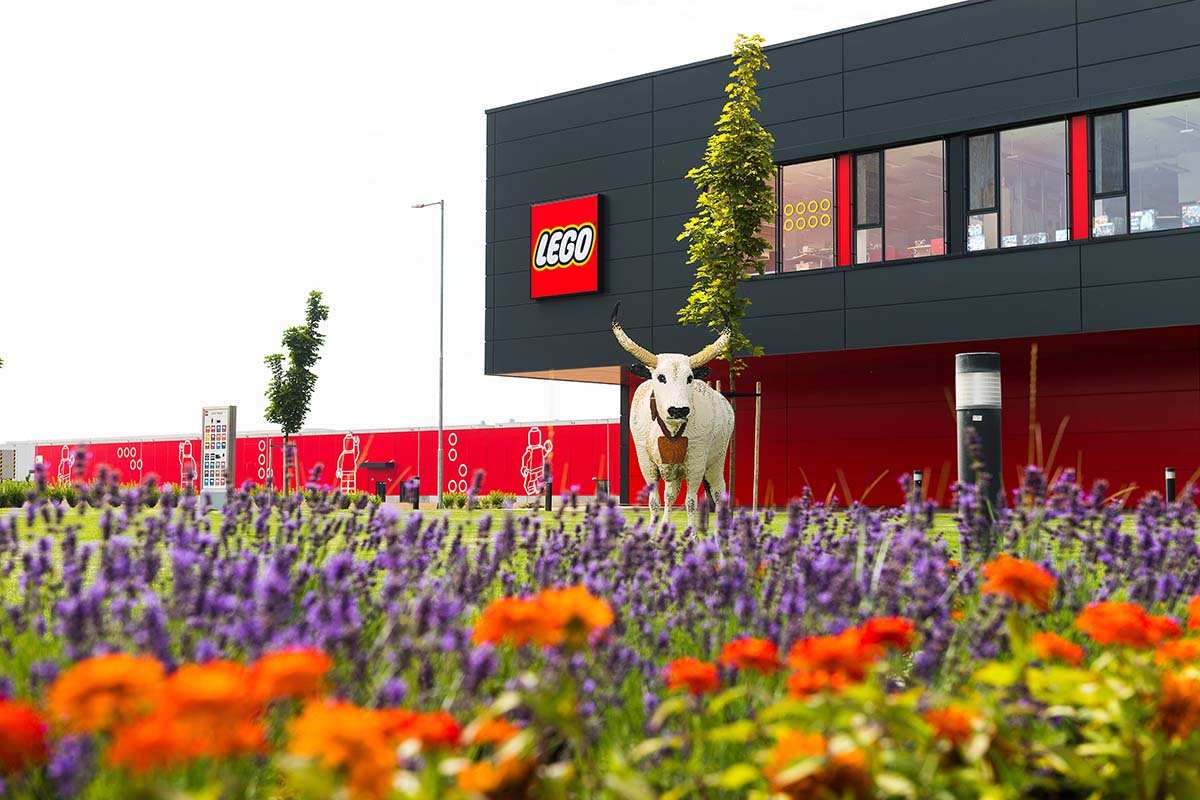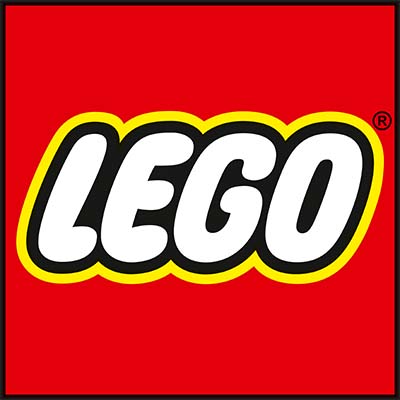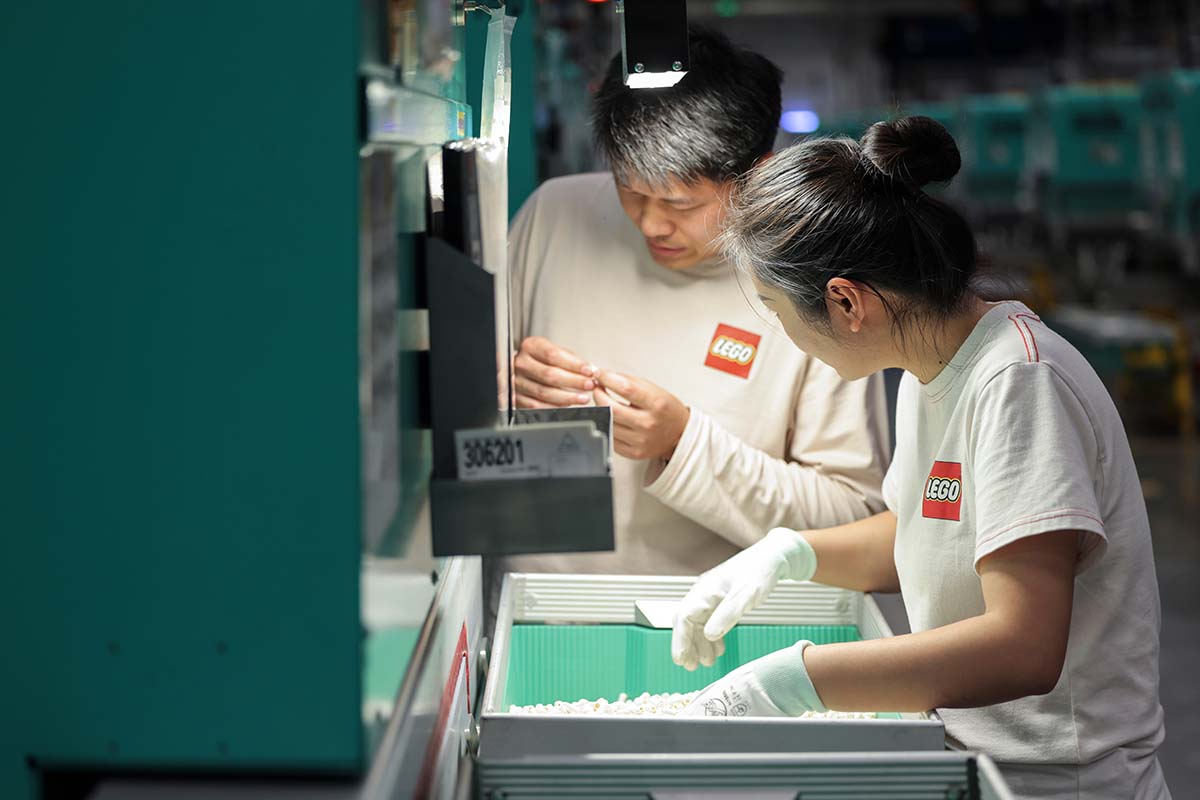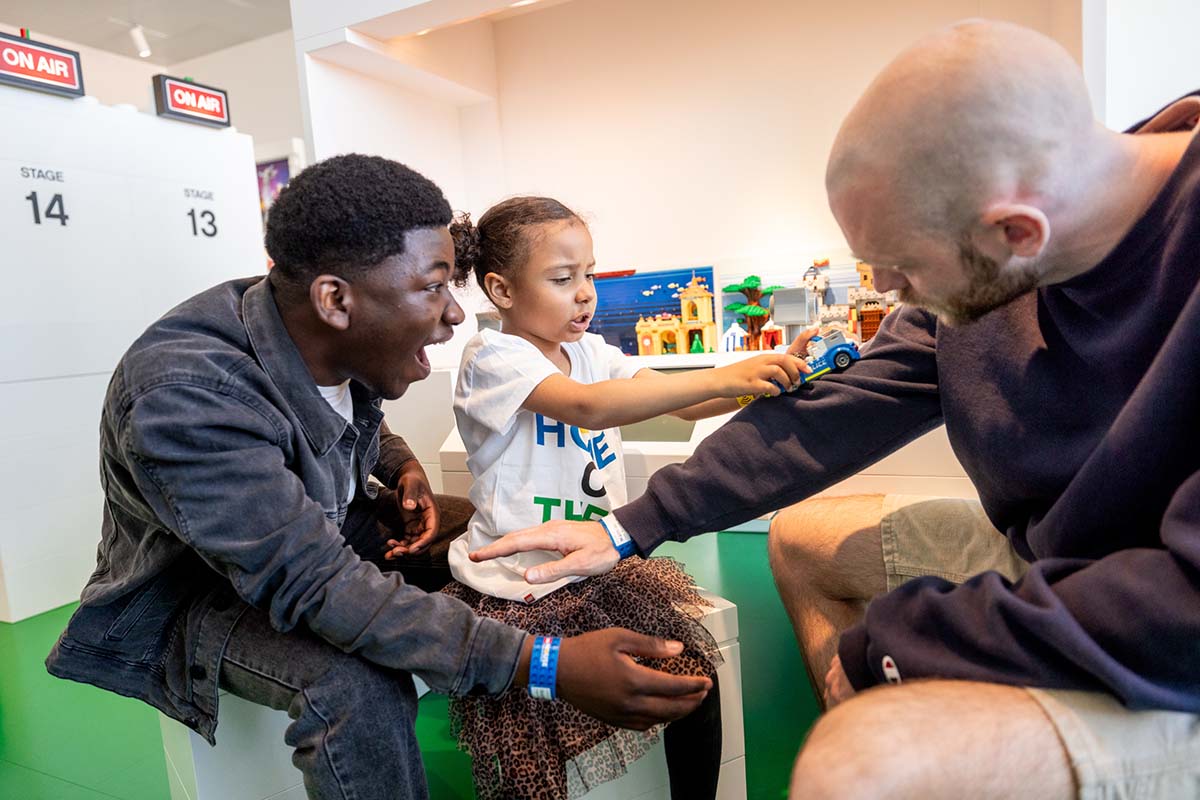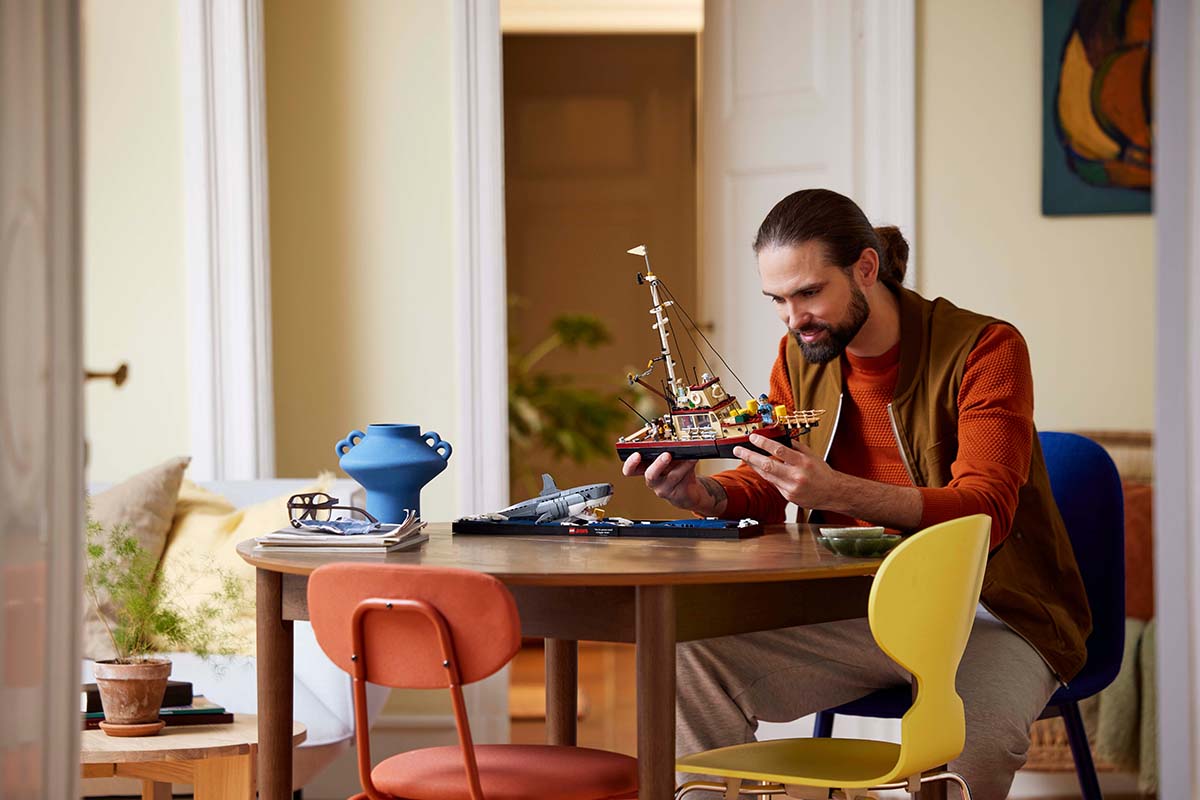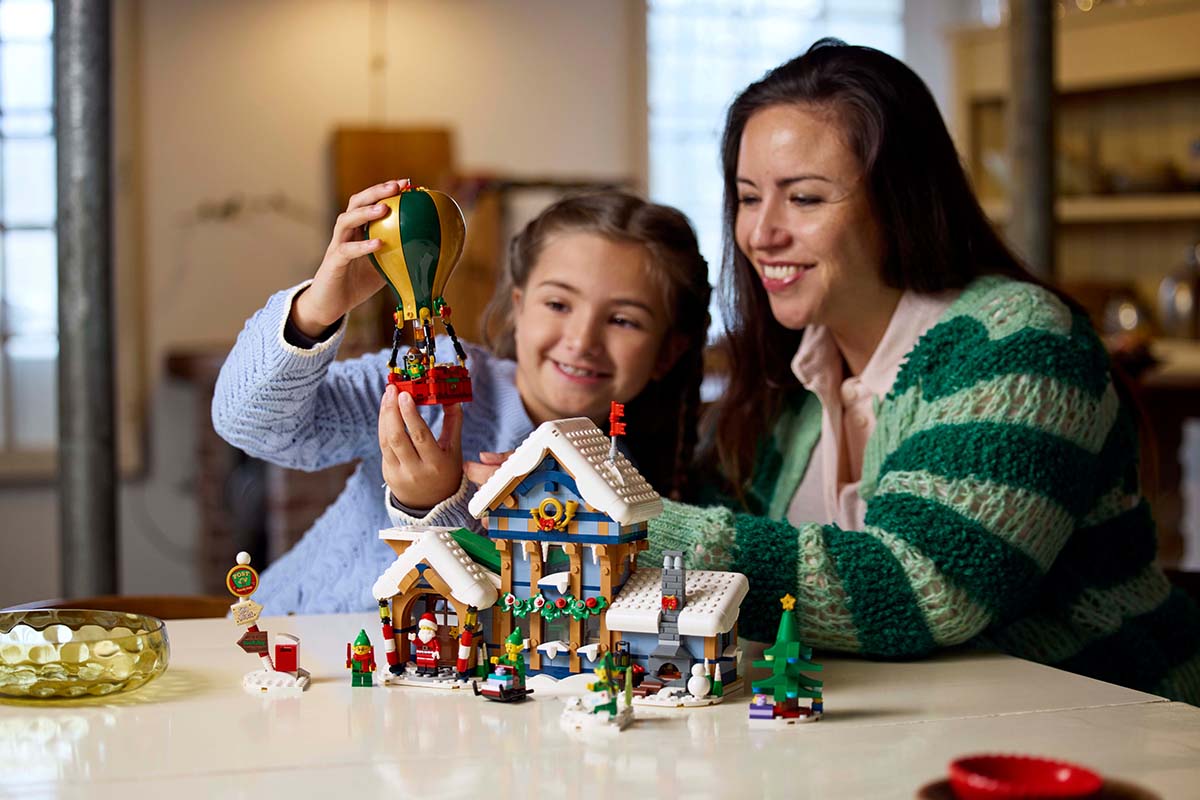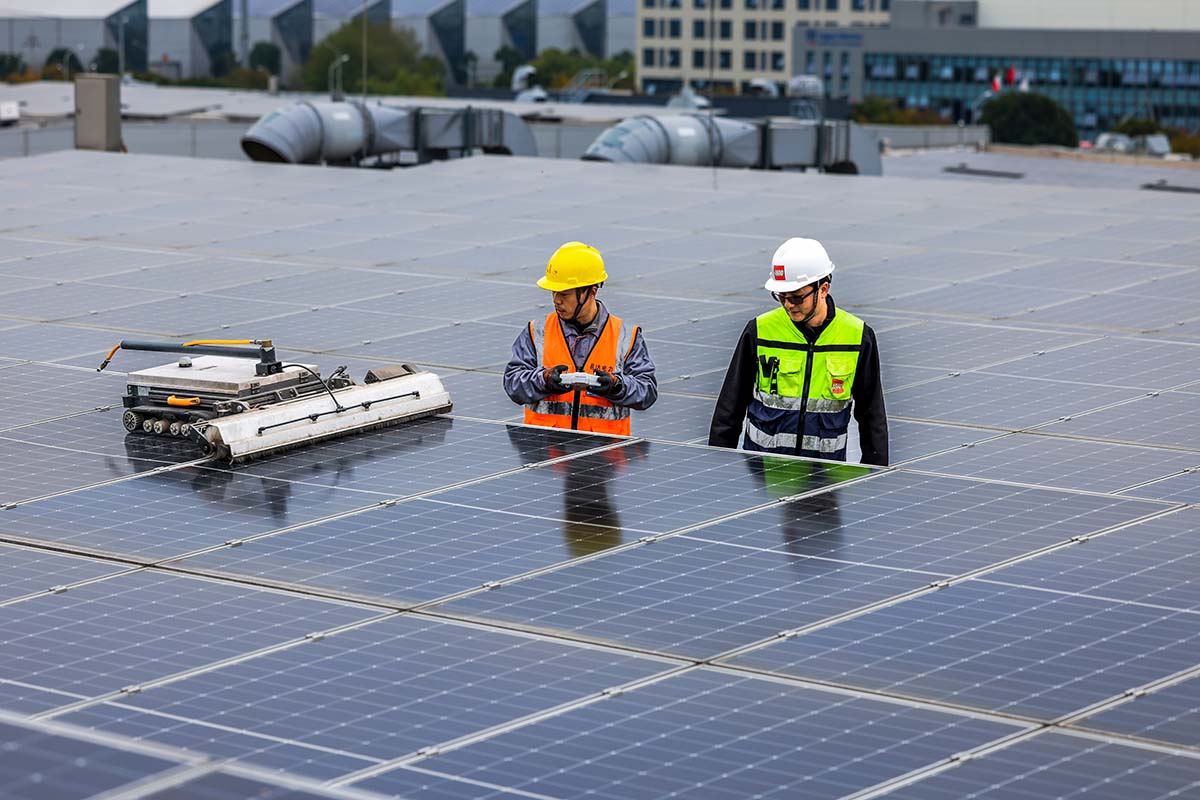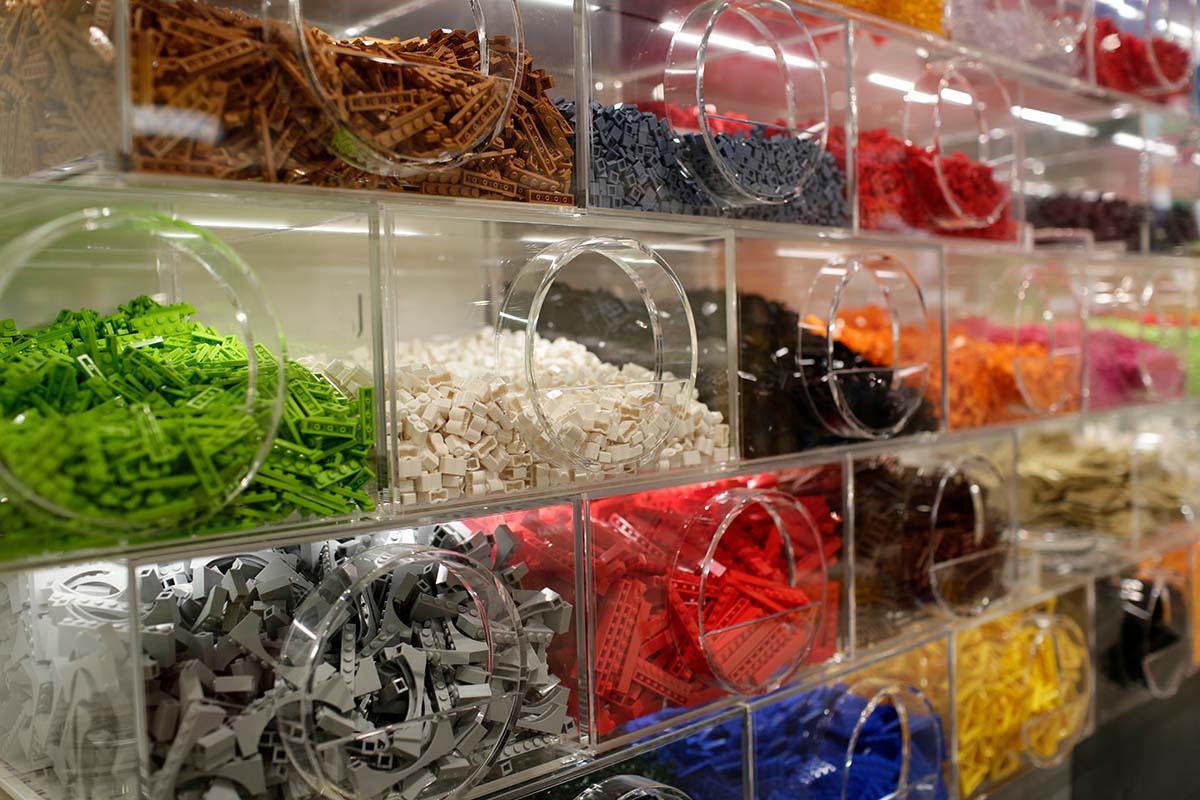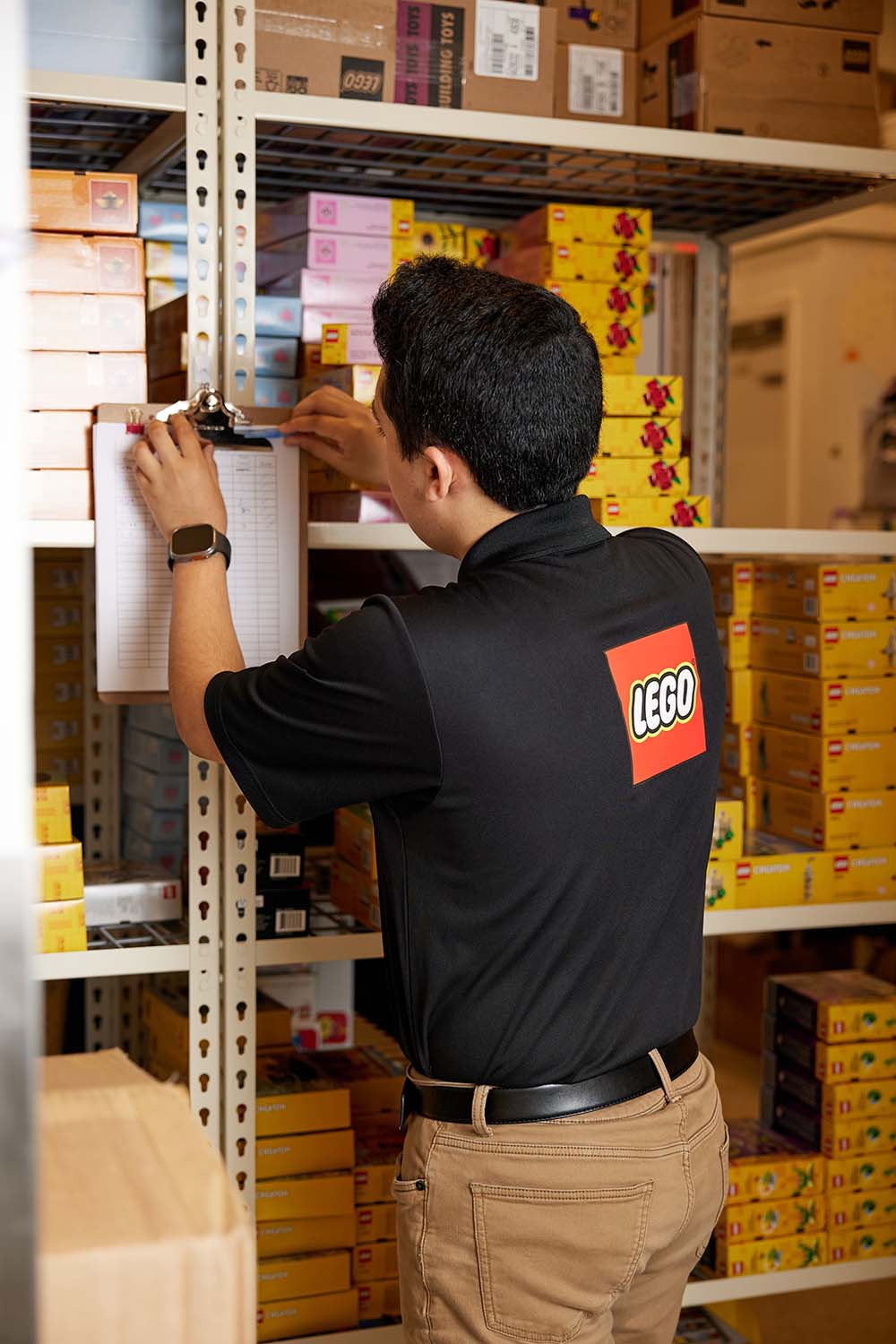Spanning beloved minifigures, themed collections, epic video games, and box office hits, LEGO products are far more than just a toy—it is an enduring symbol. Twice named the “Toy of the Century,” it has encouraged connections, creativity, and endless possibilities.
Ole Kirk Kristiansen, a carpenter in Billund, Denmark, founded the LEGO company in 1932, initially making wooden toys. By 1958, the now-iconic plastic interlocking bricks were on their way to success and popularity.
The name LEGO reflects its Danish roots, as Kristiansen combined the words ‘leg’ and ‘godt’ which means “play well.” Coincidentally, in Latin, ‘lego’ translates to “I put together,” perfectly aligning with the product’s design and purpose.
The interlocking bricks allow users to play well while learning —through creative and strategic play—by literally putting pieces together. The name itself represents the core of the LEGO experience, where imagination, fun, and construction all connect.
LEGO brand in Japan: Merging Culture, Tradition, and Innovation
As the LEGO Group expanded globally, its influence reached a long way from Denmark, establishing a significant presence in Japan. The company has 44 LEGO stores in Japan and a LEGOLAND Japan Resort in Nagoya owned and operated by Merlin Entertainments.
The LEGO Group has integrated Japan into its journey of success, drawing inspiration from its architecture and culture. Elements such as ninjas, seen in the Ninjago series, as well as iconic Japanese landmarks, have appeared in LEGO sets.
The upcoming ‘ONE PIECE’ collaboration, set for release in 2025, marks another significant connection between the LEGO brand and Japanese pop culture. While official sets based on Japanese artists, anime, or manga have been rare, this partnership is highly anticipated.
With Japan’s deep regard for creative and artistic expression, the LEGO brand continues to grow and thrive in the country. There are a number of Japanese artists who use LEGO bricks and elements as their medium.
With Japan’s deep regard for creative and artistic expression, the LEGO brand continues to grow and thrive in the country.
These include renowned Japanese LEGO craftsman Jumpei Mitsui, who creates large and intricate sculptures of animals, characters, and buildings. His most famous work is a recreation of The Great Wave Off Kanagawa, built with over 50,000 LEGO bricks and requiring more than 400 hours of assembly. His masterpieces showcase the versatility and creativity LEGO bricks inspire—not just in children, but in adults as well.
Enjoyed by Generations
Designed for all ages, LEGO bricks appeal to every generation, offering a timeless way to connect, build, and create. The brand has partnered with museums—most recently the Van Gogh Museum—and has released LEGO sets inspired by artworks such as Starry Night and Sunflowers.
The company also offers botanical sets, allowing people to express the act of giving flowers in an interactive way. To enhance this experience, the LEGO Group hosted a flower-arranging workshop with celebrity florist Jeff Leatham and introduced the LEGO Botanicals Le Florist Flower Truck across Europe, Canada, and the U.S. for the Valentine’s season.
In today’s digital era where screens take over daily life, LEGO play provides a refreshing hands-on experience that stimulates imagination and real-world interaction.
Many children receive their first LEGO sets from parents or older relatives who guide them through their early experiences. This not only hones problem-solving and creativity but also strengthens relationships as children slowly develop their own strategies and independence.
LEGO play creates intergenerational bonding, a concept the company has incorporated through LEGO Education Science, which engages children with real-world issues such as urban planning, climate change, and energy conservation.
This initiative has been guided and shaped by the LEGO Foundation’s mission to “promote learning through play” and “focus on early childhood education, inclusion, and innovative teaching methods.”
Connecting, Reconnecting, and Creating a Better Future
Apart from inspiring creativity and education, the LEGO Group is backing up its words by making a positive impact on the world.


Through its corporate social responsibility and sustainability initiatives—such as the Replay program, which inspires LEGO brick owners to pass along the bricks they are no longer using—expanding solar capacity to help reduce greenhouse gas emissions, and developing LEGO bricks and elements from more sustainable materials by 2032—the company is making remarkable efforts in pursuit of environmental responsibility and community development.
From producing more sustainable LEGO elements to keeping bricks in play and working to reduce its greenhouse gas emissions, the LEGO Group continues to build impact not just for the present, but for future generations.
LEGO play goes beyond simply assembling bricks; it is about building meaningful connections between generations, cultures, and even the environment.
Through initiatives like LEGO Education, the Replay Program, and its work to make LEGO bricks from more sustainable materials, the company is supporting sustainability and encouraging others to take part in solving real-world challenges.
Whether it’s sparking romance through Valentine’s Day flower sets, reviving nostalgia with pop culture collaborations, or addressing climate change, the LEGO Group continuously finds new ways to reconnect people. By combining creativity, education, and sustainability, the LEGO brand remains a timeless force, not just shaping how people play but also how they engage with the world and each other.

